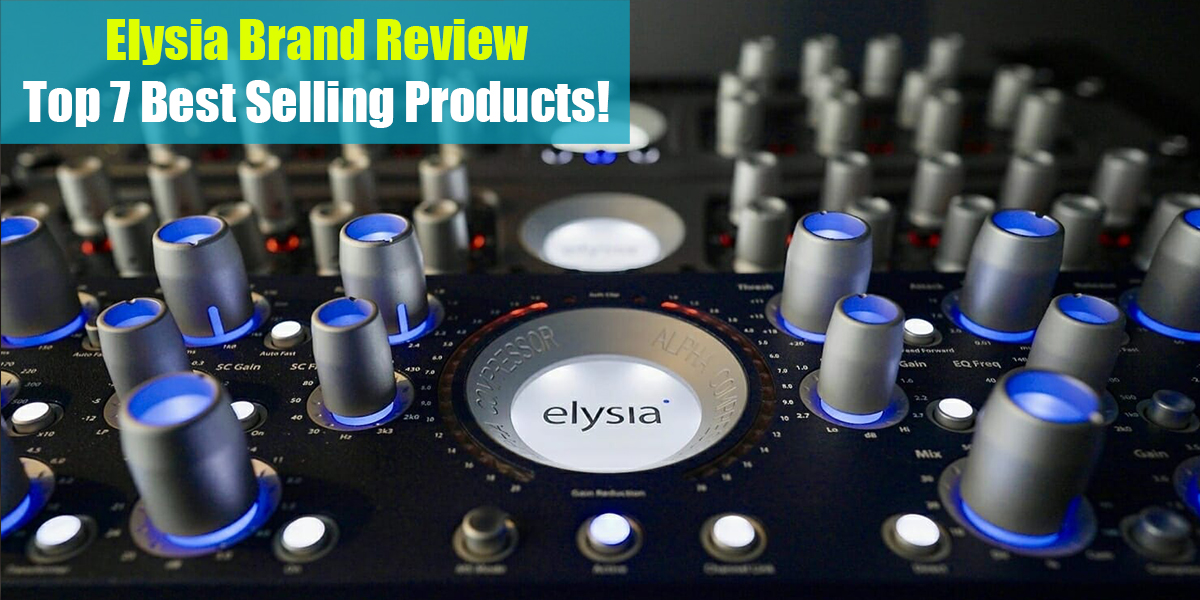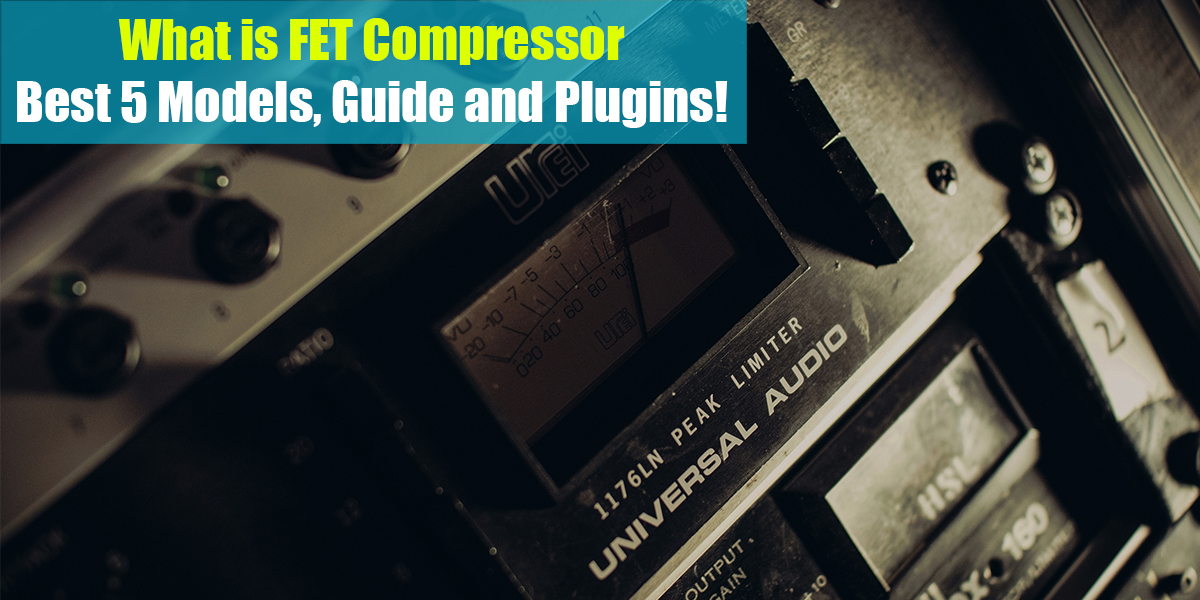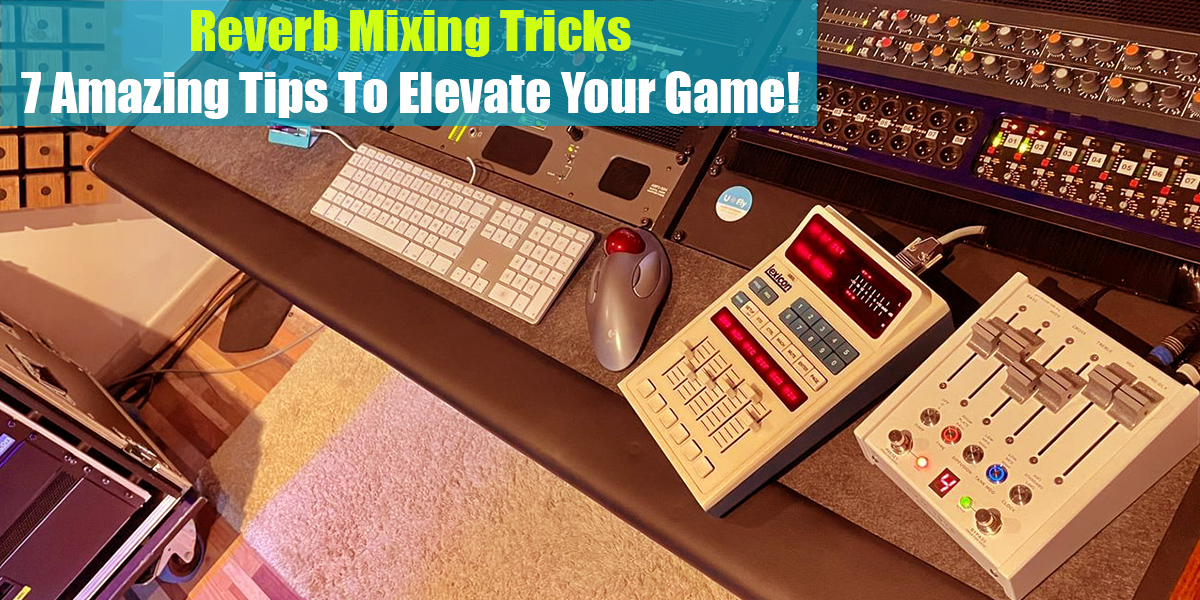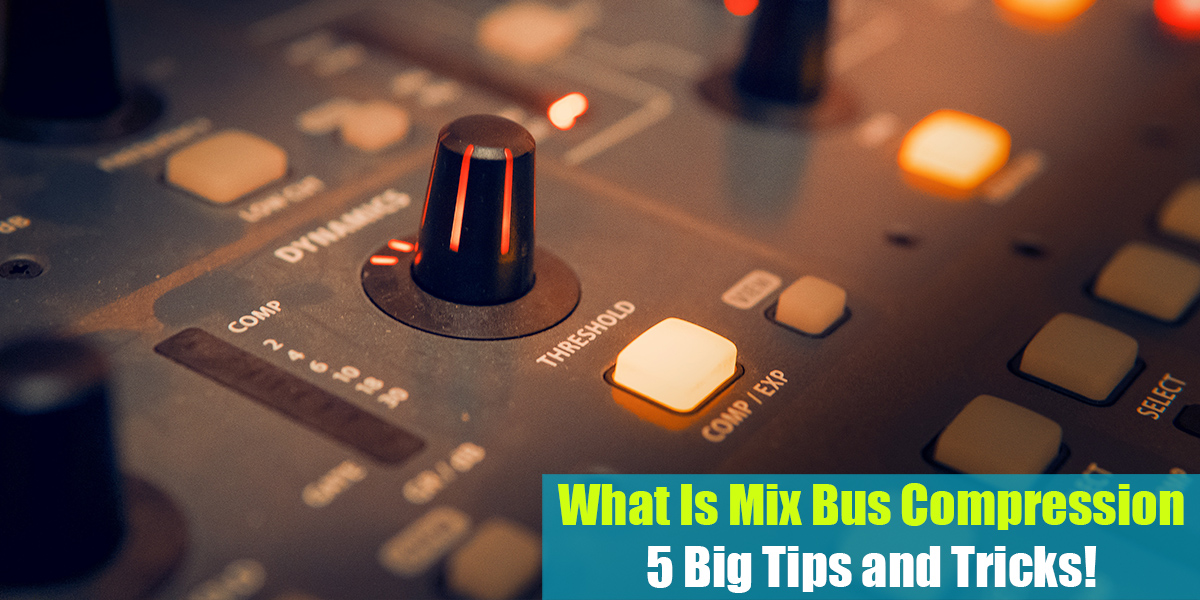Best U87 Clones
Introduction
It’s hard to add anything new about the legendary Neumann U87 microphone. Used in every major recording studio around the world, it’s often called the holy grail of microphones. The U87 has been featured on thousands of recordings, and it’s estimated that more number-one chart hits have been recorded with a U87 than with any other microphone in history.
While many imitations closely resemble the original Neumann mics, there are some small differences. In fact, the original model may have set an even higher bar than some of the later versions.
These clones may have slight differences from the original U87, but they are designed to closely match its physical and sonic qualities. Some even go beyond the high standards set by the original.
This article will highlight the best U87 clones available today. These excellent microphones can help you improve the quality of your recordings, and they’re great for recording both vocals and instruments.
So, here is a list of microphones inspired by the iconic Neumann U87 that you can get your hands on today.
Here, you can read our review of the original Neumann U87. If you want to see more details, just click the link here!
Warm Audio WA87 R2
The R2 version of Warm Audio’s acclaimed WA-87 is set to become a favorite among both home producers and professionals. Its low-noise performance makes it an excellent all-around workhorse, capturing source sounds accurately and cleanly.
Like the original WA-87 (and the classic U-87), the R2 features a switchable 80Hz high-pass filter and a switchable -10dB pad. The capsule inside—the WA-87-B-50-V—is the same as in the original WA-87, faithfully reproducing the original Neumann design as a replica of the dual-backplate K87 capsule.
The WA-87 R2 includes several component upgrades over the first version. It now has a NOS Fairchild transistor and high-bandwidth polystyrene and film capacitors from WIMA and Nichicon. The output transformer has also been upgraded to a custom-wound Cinemag USA model (CM-13113, replacing the original CM-2480), which boosts both output level and frequency response.
This microphone is housed in a nickel-plated brass body that’s bigger and more robust than its predecessor. The circular head basket gives the capsule more space, resulting in what Warm Audio calls “a more pleasing sonic signature.”
All in all, Warm Audio’s WA-87 R2 is sure to please both home recordists and professional studio engineers, offering a sound convincingly close to the original U87 at a much more affordable price.
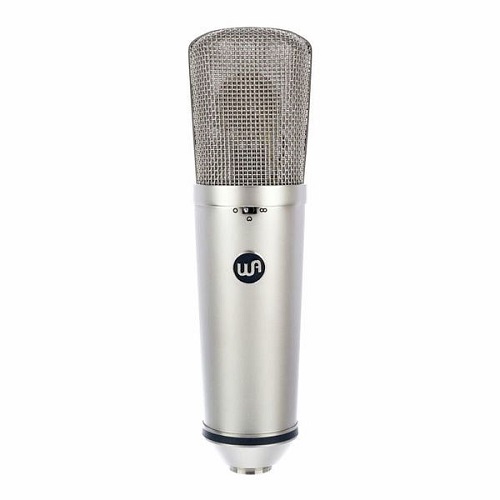
- Directional characteristic: Cardioid, Omnidirectional, Figure-8
- WA-87-B-50V capsule – Reproduction of the classic K87 capsule
- Gold-sputtered 6 µm NOS Mylar diaphragm
- 100% with discrete circuitry with an NOS Fairchild transistor
- WIMA/Nichicon capacitors
- Cinemag USA output transformer
| IMAGE | PRODUCT | For US Customers |
For EU Customers |
Amazon Store |
|---|---|---|---|---|
Warm Audio WA87 R2 |
Lauten Audio Atlantis FC-387
The introduction of this microphone to the market has intrigued us for quite some time. To truly understand the excitement, we read several reviews from the manufacturer.
Equipped with three three-way switches, this microphone offers cardioid, omnidirectional, and figure-8 pickup patterns, plus gain settings of +10dB, 0, and -10dB, along with three distinct timbre options.
It’s important to note that the FC-387 isn’t overly bright compared to most large-diaphragm condensers, especially vintage-style models. Although the high end isn’t as bright as a 251 or similar microphones, the sound still has enough air—you won’t have to work hard with EQ to bring out the top end.
Once you start using the Atlantis FC-387, you’ll want to try it on everything. Lauten Audio included a three-way gain switch, allowing this mic to handle a wide range of instruments. For the purest and most transparent sound, the 0dB setting is recommended.
If you boost the output by +10dB, you’ll get more presence and can drive your mic preamp harder. The -10dB setting is useful for recording loud sources like guitar cabinets or when using the Atlantis FC-387 as overheads.
The sound of this microphone is very similar to the famous U87, which is why we included it on this list—for anyone looking for that recognizable signature sound featured in countless hit songs.
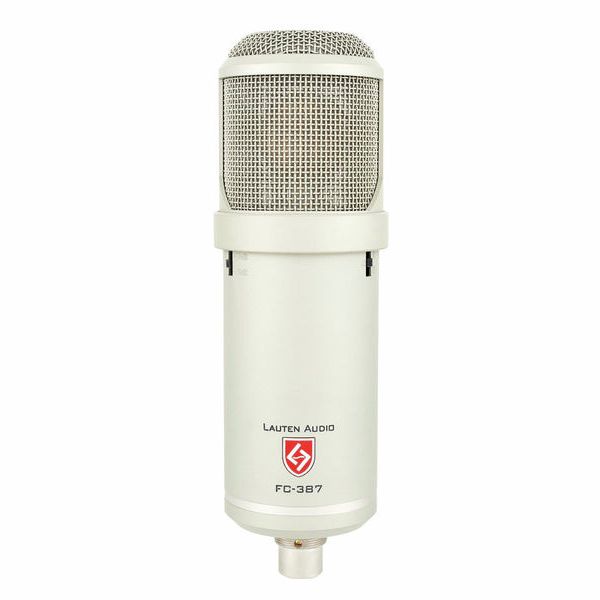
- Double-large diaphragm capsule: 31.25 mm
- Switchable polar pattern: cardioid, omnidirectional and figure eight
- Gain switch +10 dB
- Attenuation switch-10 dB
- Low-noise FET circuit
- Capacitors with high resolution
| IMAGE | PRODUCT | For US Customers |
For EU Customers |
Amazon Store |
|---|---|---|---|---|
Lauten Audio Atlantis FC-387 |
Mojave Audio MA-200
Microphones of this quality are typically among the high-end devices you would expect to pay a considerable amount for. The MA-200 features a large diaphragm and a triode-operated JAN 5840 vacuum tube, making it a durable, hand-selected, gold-sputtered condenser microphone.
With its flat-black body and satin-finish grille, the JAN 5840 vacuum tube—wired for triode operation—is hidden behind a 3-micron, gold-sputtered capsule. The microphone comes with a small carry case inside a larger, sturdy case that also houses the external power supply (100/115/230VAC, 50/60Hz) and a high-quality shock mount.
According to the specifications, the MA-200 responds from 30 Hz to 18 kHz and has an A-weighted self-noise of 14 dB. Its maximum sound pressure level is measured at 132 decibels at 20 Hz, 135 decibels at 32 Hz, and 136 decibels at 100 Hz, 1 kHz, and 10 kHz.
In tube microphones like this, the XLR cable runs from the power supply to the mic preamp, not directly from the microphone. The microphone and power supply are connected with a special cable. The package also includes a high-quality shock mount.
This shock mount allows you to suspend the MA-200 upside down or place it in challenging positions, such as under a piano, inside a kick drum, or over a drum kit.
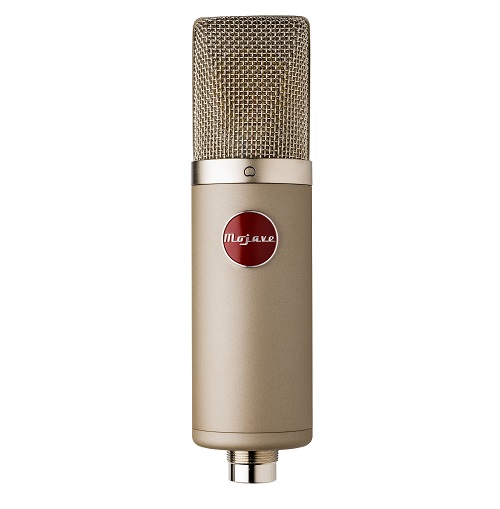
- Polar pattern: Cardioid
- Handpicked 3 micron capsule
- Jensen audio transformer
- JAN 5840 military grade vacuum tube
- Frequency range: 30 – 18000 Hz
- Max. sound pressure level: 120 dB
| IMAGE | PRODUCT | For US Customers |
For EU Customers |
Amazon Store |
|---|---|---|---|---|
Mojave Audio MA-200 |
Townsend Labs Sphere L22
Since its launch in 2016, the Sphere L22 microphone has attracted a lot of attention. To create a mono track from a stereo signal, the Sphere compares the outputs of its two matched capsules. There’s more to it than just adjusting the frequency response, though.
One of the L22’s standout features is its ability to model other microphones. After recording with the L22, you can change the sound of your track simply by selecting a different mic model in the Townsend plugin.
There is a wide variety of models available, from large and small diaphragm condensers to dynamic and ribbon microphones. By using the L22’s dual capsule design together with its powerful signal processing software, Townsend is able to closely replicate each microphone’s frequency response, polar pattern (and how it changes with frequency), off-axis response, proximity effect, and more.
The collection includes 11 microphone models, such as Neumann’s U87, AKG’s C451 small diaphragm condenser, and Shure’s SM57 dynamic microphone. There’s also a flat frequency response “measurement microphone” setting, while three other options give you a more pure, unprocessed sound from the Sphere itself. For easy navigation, each microphone model is clearly shown in the plugin’s user interface.
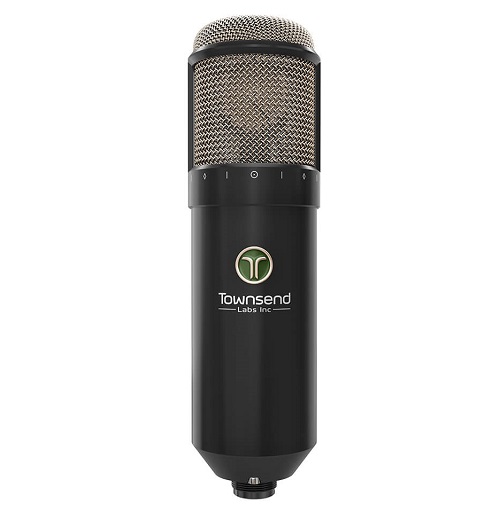
- Microphone Type: Condenser
- Mono/Stereo: Dual capsule, Stereo output
- Polar Pattern: Cardioid, Omni, Figure-8
- Max SPL: 140 dB SPL (0.5% THD) with pad engaged
- Output Impedance: 200 ohms
- Sensitivity: 22mV/Pa
| IMAGE | PRODUCT | For US Customers |
Amazon Store |
|---|---|---|---|
Townsend Labs Sphere L22 |
Brief Buyers Guide on U87 Clone
Directional adjustment
More and more microphone manufacturers are adding switches that let you choose between different pickup patterns.
If you plan to record a variety of instruments and vocal styles with a U87 clone, having multiple pickup patterns is very helpful. You can adjust the capsule’s focus to pick up more or less sound from different directions.
For example, if you want to record a duet with two singers or perform with another musician, switching from the cardioid pattern to omnidirectional is a great choice.
This feature can also improve drum recordings, either by capturing more of the room’s sound or by focusing on a specific part of the drum kit.
Handling of SPLs
When recording drums with a U87 clone, you can achieve excellent results, but there are some important factors to consider.
If you’re working with a drummer who plays loudly, you’ll need a high-quality microphone that can handle high sound pressure levels (SPL).
Generally, you want to avoid clipping and distortion when recording. Because of its large diaphragm, a U87 clone might be more prone to these issues.
Neumann microphones are expensive because of the high manufacturing costs and standards required to produce such high-quality microphones. This is also what makes their brand name so highly valued. That’s where the value of clones comes in.
When you buy a U87 clone, remember that’s exactly what you’re getting: a clone. Even the best ones can only approximate the sound of a real U87, so don’t expect them to sound exactly the same.
The great thing about clones is that they are now more affordable and accessible than ever before. For example, the Townsend Labs Sphere L22 is a versatile microphone and modeling solution that lets you capture the sound of a wide range of microphones for just a fraction of the U87’s price.
Even though these clones try to emulate the U87’s sound, they will never sound completely identical. In the end, it comes down to how and with what materials they’re made. Having differences isn’t a bad thing—it actually means you have a wider range of options to choose from.
Here’s a video featuring a shootout between several U87 clones, including some models we haven’t tried before. Take a look if you’re interested!
Conclusion
We’ve listed four microphones that we believe are ready to compete with the famous U87 when it comes to smooth sound quality. If you’re after a truly vintage or natural sound, it’s best to get the original—but if you’re on a budget, there are always great alternatives that offer similar performance.
Just like the renowned U87, these clones deliver excellent results for recording vocals, acoustic guitars, and more. They’re built with high-quality components, which means they’re capable of producing great-sounding recordings.
In the end, the choice is yours. We’ve provided brief reviews for each model, so now it’s up to you to make the final decision. (If you’re wondering what we’d pick, we’d go for the Townsend mic.) If you have any questions about our article, feel free to ask in the comment section below—we’ll be happy to help!

